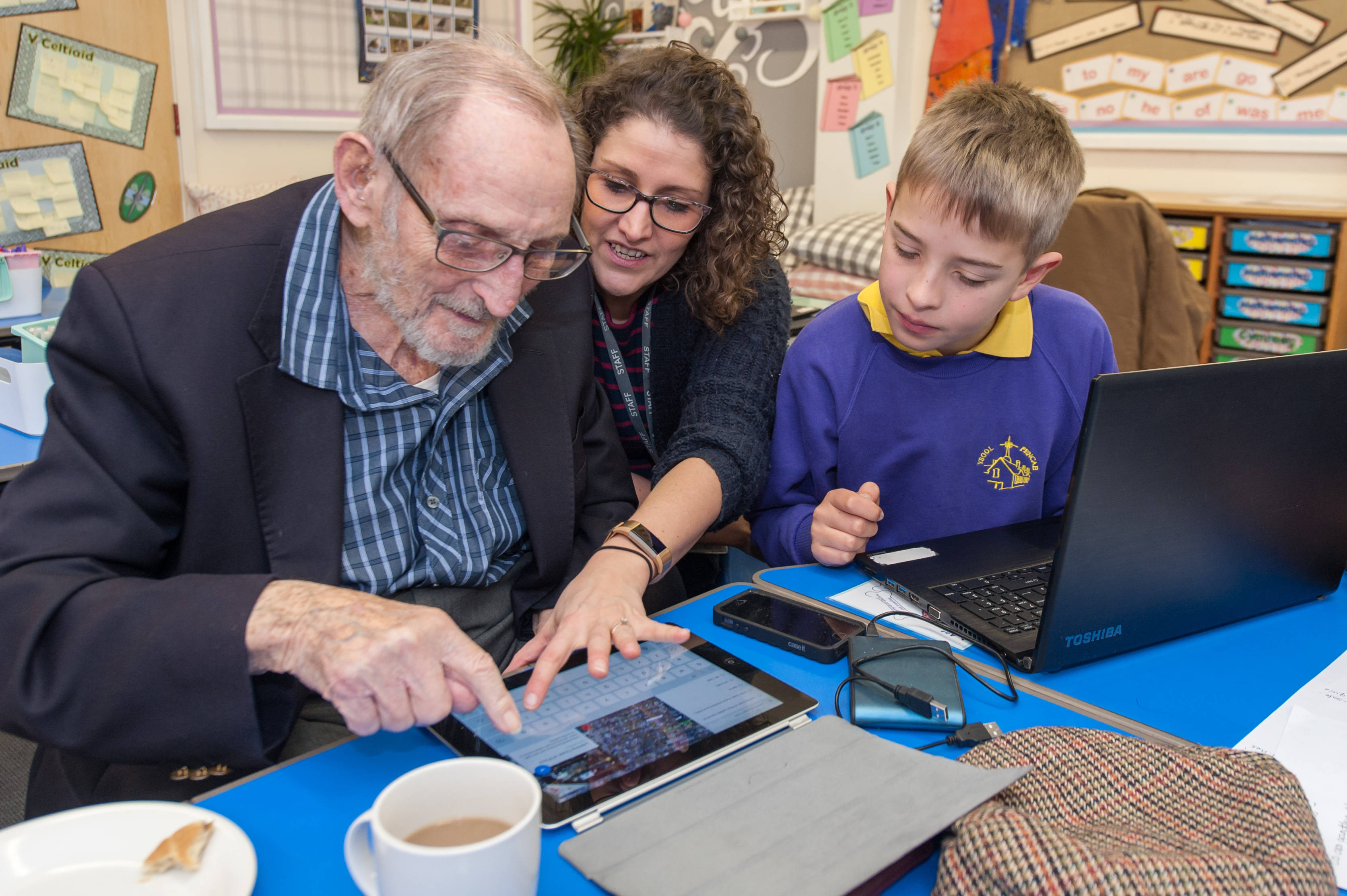Promoting digital inclusion in a complex digital world
In the two decades that I have worked in the field of digital inclusion, I have continued to be a firm advocate of the potential of technology to empower people and to bring real benefits to our lives and livelihoods, writes Karen Lewis
We know that digital exclusion goes hand-in-hand with social exclusion. All the evidence demonstrates that people who are on low incomes, disabled, older, living in social housing or have long term health conditions are those most likely to have little if any access to the Internet and the benefits that can be gained from being online. These benefits include saving money, communicating with friends and relatives, accessing public services, benefitting from developments in digital health, securing employment, generally increasing life chances and, potentially, improving wellbeing.
But it is becoming increasingly difficult to gauge who is truly ‘included’ in the digital world and who is being left behind. Defining and measuring levels of digital exclusion is rather more complex than stark numbers suggest. There is a wide range of terminology in use – digital inclusion, digital participation, digital literacy, basic digital skills – and many attempts to paint an accurate picture of progress being made in this area through published survey results that dazzle us with statistics. However, the questions asked may differ in each survey and sample sizes vary considerably, therefore the information presented has to be scrutinised closely to get a true understanding of what the data is telling us.
The key question surely is whether people are able to access the internet confidently, as and when they need and want to, however they choose to, and are able to benefit from what that access can bring to improve their lives and livelihoods.
The digital divide is of course a matter of social justice and individual agency, but it is no longer enough to count as ‘success’ the increasing number of people who say they use the Internet; who are counted as being ‘digitally included’. Of equal importance is how effectively people can use technology to navigate the online world, and how it improves their life chances, their health and their wellbeing. Digital literacy is now a key basic skill.
Whether this means being able to claim benefits online, book a GP appointment, Skype relatives, apply for jobs, access health information and apps, view archive footage that makes you happy – surely the most important indicator is that it does good. If accessing the Internet only means that you are bullied on social media, assaulted by pornography, fed falsehoods disguised as facts, or made to feel inadequate by Instagram then it is hard to justify a push to get more people online.
A digital divide also exists amongst people who are online – those with sophisticated critical thinking skills have the ability to identify ‘fake news’ and distinguish an independently verified fact from a cleverly placed subtle advertisement on their social media feed for example. People who do not have these skills are at higher risk of online scams, accepting unreliably sourced information as fact, and creating a ‘digital footprint’ that exposes them to cyber bullying and sometimes prevents them from being employed.
Being fully digitally included should mean being able to participate safely and comfortably in the digital world, in a way that is meaningful and beneficial and meets the needs of the individual citizen.
To make things even more challenging, the lines between our online and offline lives are blurring. It is easy to forget that when talking to Alexa in your kitchen or scrolling through the Netflix menu on your TV screen, you are accessing the Internet. You are online, although you are nowhere near a keyboard or a computer screen. The Internet of Things and voice activation are increasing the complexity of understanding what digital participation, digital inclusion is today, and how well we all understand the means by which we are accessing information, entertainment and services.
At the Wales Co-operative Centre we continue our strong commitment to promoting digital inclusion as a key component of social inclusion and we were delighted to be awarded the contract to deliver the Welsh Government’s next digital inclusion programme (Digital Communities Wales: Digital confidence, health and well-being) with its focus on widening digital participation in health and social care. https://www.digitalcommunities.gov.wales/
Working with a range of partners from all sectors across Wales we encourage and help public facing organisations to embrace the need to support their service users, patients, customers, citizens in developing basic digital skills in order to benefit fully from the increasingly digital interface between service provider and citizen.
We are all living in an increasingly complex world and technology is evolving so rapidly that is hard for any of us to keep up. But it is important to remember that it is everyone’s responsibility to ensure that no-one is left behind, however challenging that might be. Those of us who confidently and safely navigate the digital world must step up to the challenge of helping those who can’t, both in our professional and personal lives. This is the only way that we can really begin to address the issues of equity and social justice that lurk beneath the surface of the multifaceted digital divide.

Karen Lewis is Director of External Engagement at the Wales Co-operative Centre


